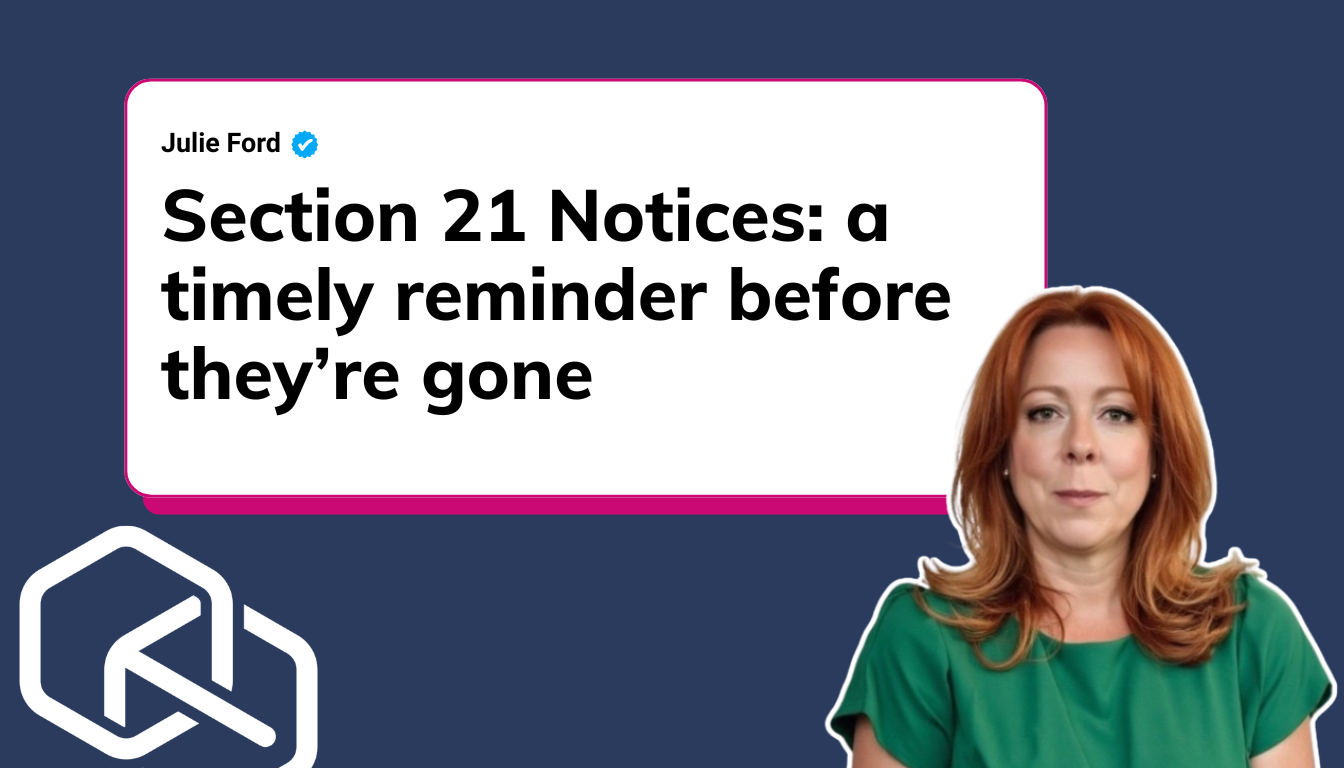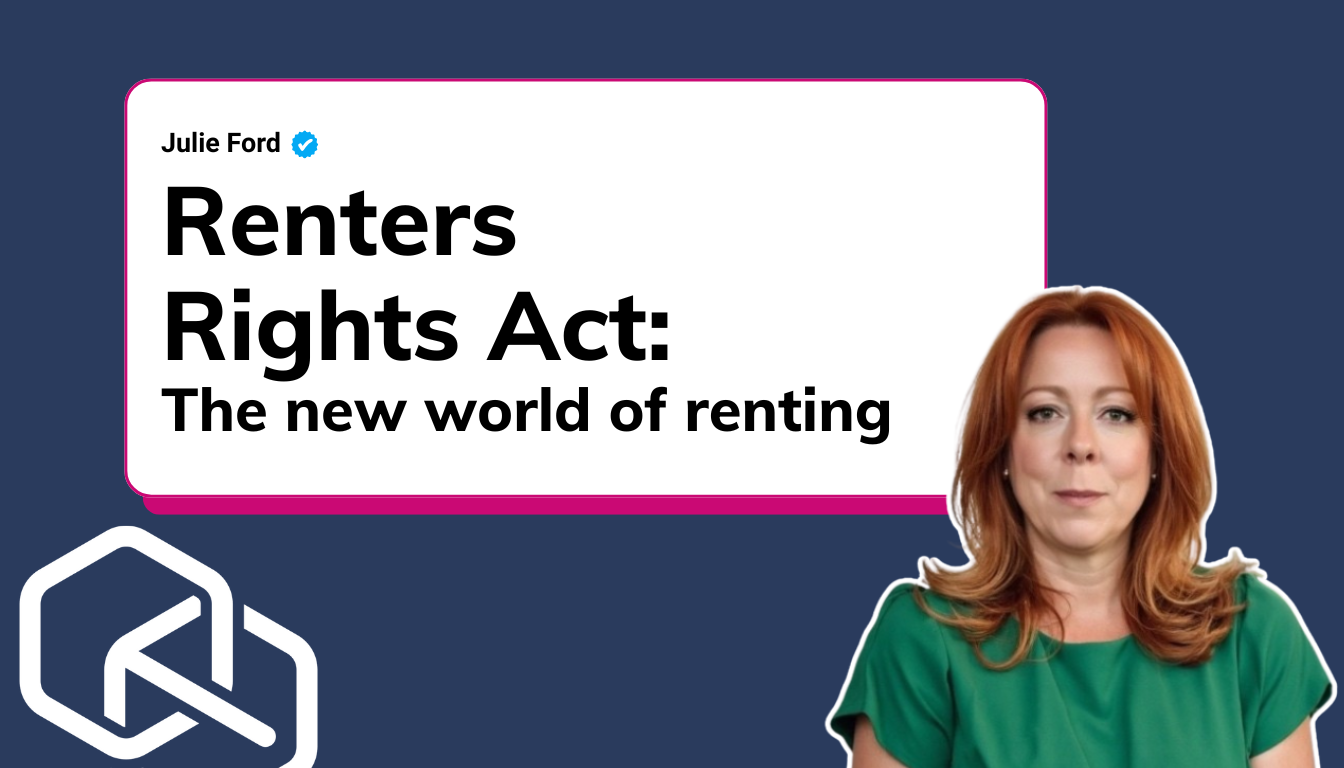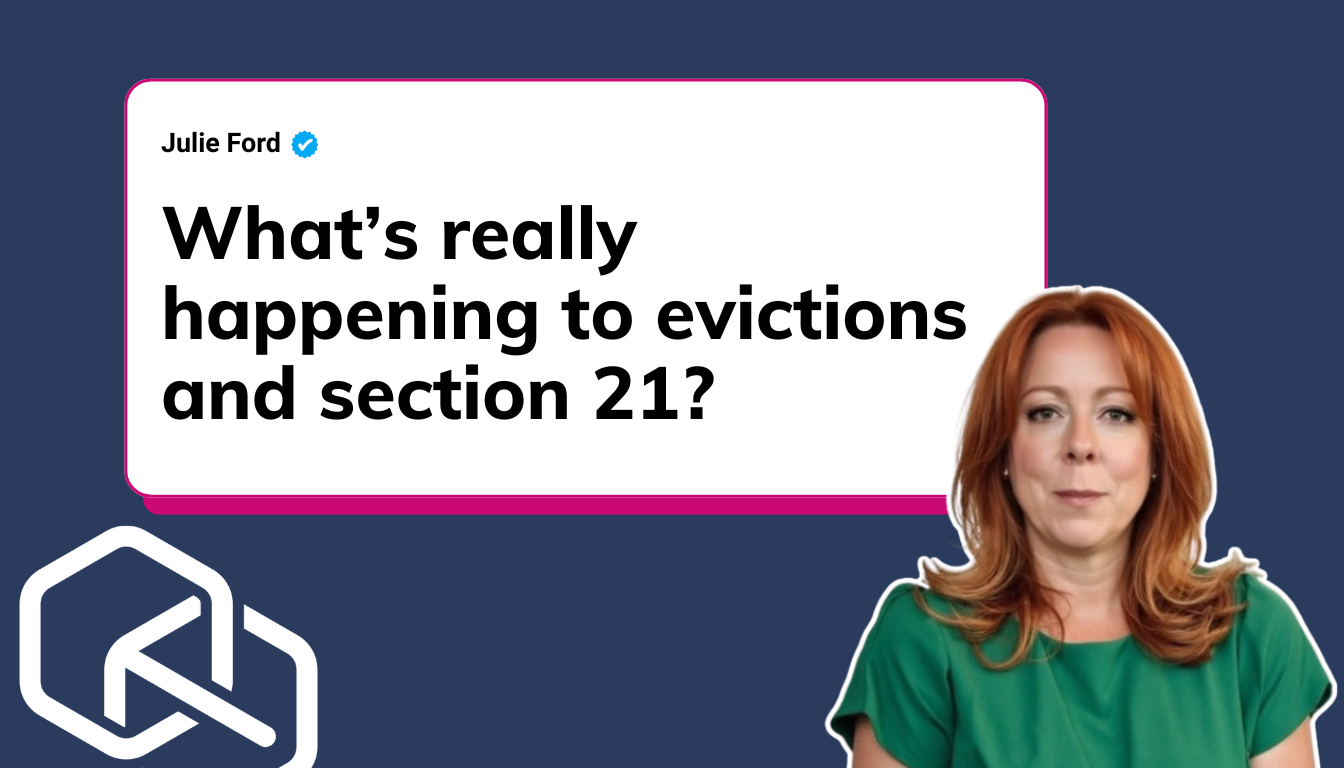Get it right, or risk starting all over again
With the long-awaited Renters’ Reform Act edging closer, Section 21 notices, often dubbed “no-fault evictions,” are set to be abolished. But here’s the thing: they’re still valid for now, and landlords are very much still using them.
That said, just because they’re still legal doesn’t mean they’re simple. If you’re planning to issue a Section 21, precision matters, because one small mistake could mean your claim is delayed, dismissed, or thrown out entirely by a judge. Let’s take a quick refresher on the basics so you don’t fall into the most common traps.
It’s All About the Paperwork
Before you even think about serving notice, make sure you’ve ticked every legal box from the start of the tenancy. That means:
- A valid Gas Safety Certificate, issued annually, and served at the start of the tenancy.
- An Energy Performance Certificate (EPC), rated E or above.
- The latest version of the “How to Rent” guide, given at the beginning of the tenancy or renewal.
- The tenant’s deposit is protected within 30 days, along with prescribed information and proof of protection.
If any of these are missing or delayed, your Section 21 can be declared invalid.
Repair Complaints? Handle With Care.
Here’s where many landlords get tripped up. If your tenant has recently raised a repair issue, you must:
- Respond promptly
- Complete the work within a reasonable timeframe
- Document everything
Why? Because if the local council steps in and issues an Improvement Notice, your Section 21 becomes invalid. And no, you can’t get around it by waiting a few weeks. Once the council gets involved, your clock stops ticking.
Timing Is Everything
You can’t just issue a Section 21 notice at any point in the tenancy. A few golden rules to remember:
- You can’t end a fixed-term tenancy early; the notice must align with the official end of the term or be served during a rolling periodic tenancy.
- You must give at least 2 full months’ notice.
- If sending by post, add a couple of extra days to allow for delivery.
- Most importantly: the notice has a shelf life of 6 months. Once served, you have a two-monthnotice period and then just four more months to apply to court. Miss that window? You start again from scratch.
How You Serve the Notice Matters
The way you serve a Section 21 is just as important as what’s in it. Common mistakes include:
- Sending by email when your tenancy agreement doesn’t explicitly allow for notices by email.
- Using signed-for post, which can backfire if the tenant refuses delivery.
- Relying on WhatsApp, texts, or any casual communication, which will not stand in court.
The best method? Send by first-class post with proof of postage, or hand-deliver it and take a photo with a timestamp. That’s your safest bet if the case ever reaches court.
Accelerated Possession: The Fast(er) Route
Once your 2-month notice period is up, you can apply for accelerated possession, a court process that skips a formal hearing if all documents are in order. Since Section 21 doesn’t require you to prove any wrongdoing by the tenant, the courts don’t usually need to hear arguments; it’s a paperwork-based process.
But here’s a common misconception: Section 21 doesn’t end the tenancy.
Even if the notice is valid and the notice period has expired, your tenant is not legally required to leave until a bailiff enforces possession. It’s a process, not an immediate fix.
Busting a Few Urban Myths
Let’s clear up a few misunderstandings that still circulate in landlord circles:
- ❌ “Section 21 ends the tenancy”
➤ No, it starts the possession process. Only a court order and bailiff can officially regain possession. - ❌ “The notice has to line up with rent dates.”
➤ Not since the Deregulation Act 2015. You can issue it at any time; it doesn’t need to match up with the rent cycle. - ❌ “You can email it, that’s how we communicate anyway.”
➤ Not unless the tenancy agreement explicitly allows for notices via email and the tenant has agreed to this method. - ❌ “Issuing a Section 21 guarantees the tenant will get a council house.”
➤ Not true. Councils have strict eligibility rules, and a Section 21 alone doesn’t mean they’ll be housed. Many councils now expect tenants to remain in the property until a bailiff arrives.
Section 21 might be on its way out, but for now, it’s still a legal tool. Use it wisely. The process isn’t rocket science, but it requires discipline, documentation, and detail.
Get it right the first time, and you can avoid unnecessary delays or extra court costs. Get it wrong, and you’ll be restarting the clock, potentially months behind where you thought you were.
And in a market where timing and clarity matter more than ever, that’s the kind of mistake no landlord can afford to make.
Get it right, or risk starting all over again
With the long-awaited Renters’ Reform Act edging closer, Section 21 notices, often dubbed “no-fault evictions,” are set to be abolished. But here’s the thing: they’re still valid for now, and landlords are very much still using them.
That said, just because they’re still legal doesn’t mean they’re simple. If you’re planning to issue a Section 21, precision matters, because one small mistake could mean your claim is delayed, dismissed, or thrown out entirely by a judge. Let’s take a quick refresher on the basics so you don’t fall into the most common traps.
It’s All About the Paperwork
Before you even think about serving notice, make sure you’ve ticked every legal box from the start of the tenancy. That means:
- A valid Gas Safety Certificate, issued annually, and served at the start of the tenancy.
- An Energy Performance Certificate (EPC), rated E or above.
- The latest version of the “How to Rent” guide, given at the beginning of the tenancy or renewal.
- The tenant’s deposit is protected within 30 days, along with prescribed information and proof of protection.
If any of these are missing or delayed, your Section 21 can be declared invalid.
Repair Complaints? Handle With Care.
Here’s where many landlords get tripped up. If your tenant has recently raised a repair issue, you must:
- Respond promptly
- Complete the work within a reasonable timeframe
- Document everything
Why? Because if the local council steps in and issues an Improvement Notice, your Section 21 becomes invalid. And no, you can’t get around it by waiting a few weeks. Once the council gets involved, your clock stops ticking.
Timing Is Everything
You can’t just issue a Section 21 notice at any point in the tenancy. A few golden rules to remember:
- You can’t end a fixed-term tenancy early; the notice must align with the official end of the term or be served during a rolling periodic tenancy.
- You must give at least 2 full months’ notice.
- If sending by post, add a couple of extra days to allow for delivery.
- Most importantly: the notice has a shelf life of 6 months. Once served, you have a two-monthnotice period and then just four more months to apply to court. Miss that window? You start again from scratch.
How You Serve the Notice Matters
The way you serve a Section 21 is just as important as what’s in it. Common mistakes include:
- Sending by email when your tenancy agreement doesn’t explicitly allow for notices by email.
- Using signed-for post, which can backfire if the tenant refuses delivery.
- Relying on WhatsApp, texts, or any casual communication, which will not stand in court.
The best method? Send by first-class post with proof of postage, or hand-deliver it and take a photo with a timestamp. That’s your safest bet if the case ever reaches court.
Accelerated Possession: The Fast(er) Route
Once your 2-month notice period is up, you can apply for accelerated possession, a court process that skips a formal hearing if all documents are in order. Since Section 21 doesn’t require you to prove any wrongdoing by the tenant, the courts don’t usually need to hear arguments; it’s a paperwork-based process.
But here’s a common misconception: Section 21 doesn’t end the tenancy.
Even if the notice is valid and the notice period has expired, your tenant is not legally required to leave until a bailiff enforces possession. It’s a process, not an immediate fix.
Busting a Few Urban Myths
Let’s clear up a few misunderstandings that still circulate in landlord circles:
- ❌ “Section 21 ends the tenancy”
➤ No, it starts the possession process. Only a court order and bailiff can officially regain possession. - ❌ “The notice has to line up with rent dates.”
➤ Not since the Deregulation Act 2015. You can issue it at any time; it doesn’t need to match up with the rent cycle. - ❌ “You can email it, that’s how we communicate anyway.”
➤ Not unless the tenancy agreement explicitly allows for notices via email and the tenant has agreed to this method. - ❌ “Issuing a Section 21 guarantees the tenant will get a council house.”
➤ Not true. Councils have strict eligibility rules, and a Section 21 alone doesn’t mean they’ll be housed. Many councils now expect tenants to remain in the property until a bailiff arrives.
Section 21 might be on its way out, but for now, it’s still a legal tool. Use it wisely. The process isn’t rocket science, but it requires discipline, documentation, and detail.
Get it right the first time, and you can avoid unnecessary delays or extra court costs. Get it wrong, and you’ll be restarting the clock, potentially months behind where you thought you were.
And in a market where timing and clarity matter more than ever, that’s the kind of mistake no landlord can afford to make.








